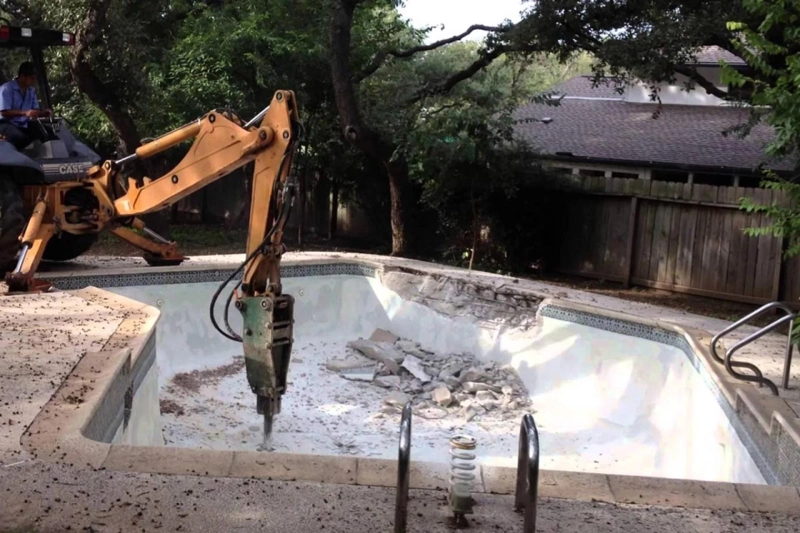If you're considering filling in your gunite pool, it's important to understand the various expenses involved in the process. From labor and materials to permits and landscaping, this comprehensive guide will provide you with insights into the costs associated with filling in a gunite pool. By gaining a better understanding of the expenses involved, you can effectively budget and plan for this project.
Initial Assessment and Preparation Costs:Before you embark on filling in your gunite pool, it's crucial to conduct an initial assessment to evaluate the condition of the pool and determine the scope of the project. This may involve hiring a professional pool contractor or engineer who can inspect the pool's structure, assess the soil conditions, and recommend the appropriate filling method. The cost of this assessment can vary depending on the complexity of the project and the professional's fees.
Pool Draining and Cleaning:Before the pool can be filled, it needs to be drained and cleaned properly. This process typically involves hiring a professional to remove the water, clean the pool interior, and disconnect any associated plumbing and electrical systems. The cost of draining and cleaning the pool will depend on the size of the pool, the amount of debris present, and any additional services required.
Excavation and Disposal:Once the pool is drained and cleaned, the next step is to excavate the pool area and remove the gunite material. Excavation costs can vary depending on the size of the pool, accessibility to the site, and local soil conditions. Additionally, the cost of disposing of the excavated materials, such as concrete and debris, should also be considered.
Backfilling and Compacting:After the pool is excavated and the gunite material is removed, the space needs to be backfilled and compacted to ensure stability. This involves filling the pool with suitable materials, such as gravel or soil, and compacting it in layers. The cost of backfilling and compaction can vary depending on the volume of materials required and the equipment needed for the job.
Permit and Inspection Fees:In many jurisdictions, filling in a gunite pool requires obtaining permits and undergoing inspections to ensure compliance with local regulations. These fees can vary depending on your location and the specific requirements set by the authorities. It's essential to factor in these costs when estimating the total expenses for filling in your pool.
Restoration and Landscaping:Once the pool is filled in and compacted, you may consider restoring the area to blend seamlessly with your existing landscape. This can involve grading the land, planting grass or other vegetation, and creating a new outdoor space. The cost of restoration and landscaping will depend on the desired aesthetic, the size of the area, and the materials used.
Conclusion
Filling in a gunite pool involves several expenses that should be carefully considered and budgeted for. From the initial assessment to the restoration and landscaping, each step carries its own costs. By understanding the comprehensive guide to expenses outlined in this article, you can plan your pool removal project effectively and ensure that you are financially prepared for the process. Remember to consult with professionals and obtain multiple quotes to get a better understanding of the specific costs associated with filling in your gunite pool.



